The Top Ten Best Places in the U.S. to Go Birdwatching
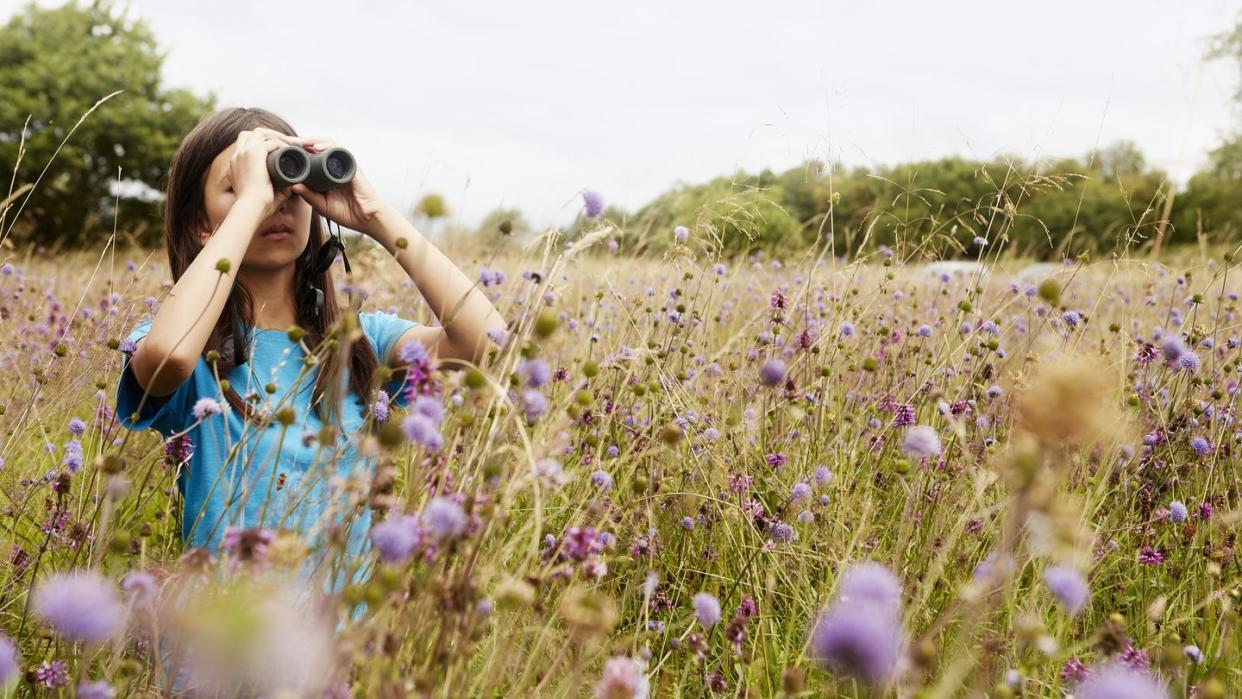
"Hearst Magazines and Yahoo may earn commission or revenue on some items through these links."
Birding is an absolute blast. This ultra-relaxing hobby offers a great way to not just enjoy and experience nature, but also appreciate it—as literally millions of us discovered during the pandemic. Seriously, remember when—desperate to do anything outside—we threw ourselves into birdwatching, buying or DIYing feeders, purchasing special cameras and even snapping up binoculars? Here we are now, four years later, and we've pretty much spotted all the species there are to see in our backyards. Which just might mean it's time to take it on the road to the best spots in the U.S. to travel for birdwatching.
Think about it: what could be better than combining your two favorite obsessions: birding and travel? Especially when some of the world's best birdwatching can be found within America's borders, in places as pretty as northern California and coastal Maine? Best of all, the following avian hangouts are so dense in winged wonders (hellllooo Platte River Valley!) you don't need to be an expert to spot some stunning species. And some destinations, like the legendary Rio Grande Valley, are home to birds you won't find anywhere else in the nation, giving even the most experienced twitchers a chance to expand their life list (the inventory of birds a birder has spotted in their lifetime).
Many of the following vacation hotspots, which are sprinkled throughout the U.S., are best to visit in spring or fall, when long-distance migrants are moving through on their way to or from Central or South America. Some provide special birding opportunities in summer, or even winter. But all are definitely for the birds!
Acadia National Park, Maine
Thanks to an incredibly diverse landscape, ranging from wild, water-swept coastline to verdant forest and barren, rocky mountaintop, more than 300 species of birds call the nearly 50,000 acres of Acadia National Park in Maine home. That includes the 20-plus species of warblers that nest in spring and summer on Mount Desert Island, though the park is a birder's paradise in all seasons.
Popular annual avian events include the Acadia Birding Festival in early summer and autumn's Cadillac Mountain Hawk Watch, a prime time to check out the thousands of raptors that descend on the area as they head south for the winter.
Looking to spot the iconic (if slightly silly-looking) puffin? Maine is the only state to boast breeding populations of the bird, which nest on offshore islands (not technically part of the park) come warm weather. Tour boats that visit the islands leave from Bar Harbor, the gateway to Acadia, and other towns along the coast.
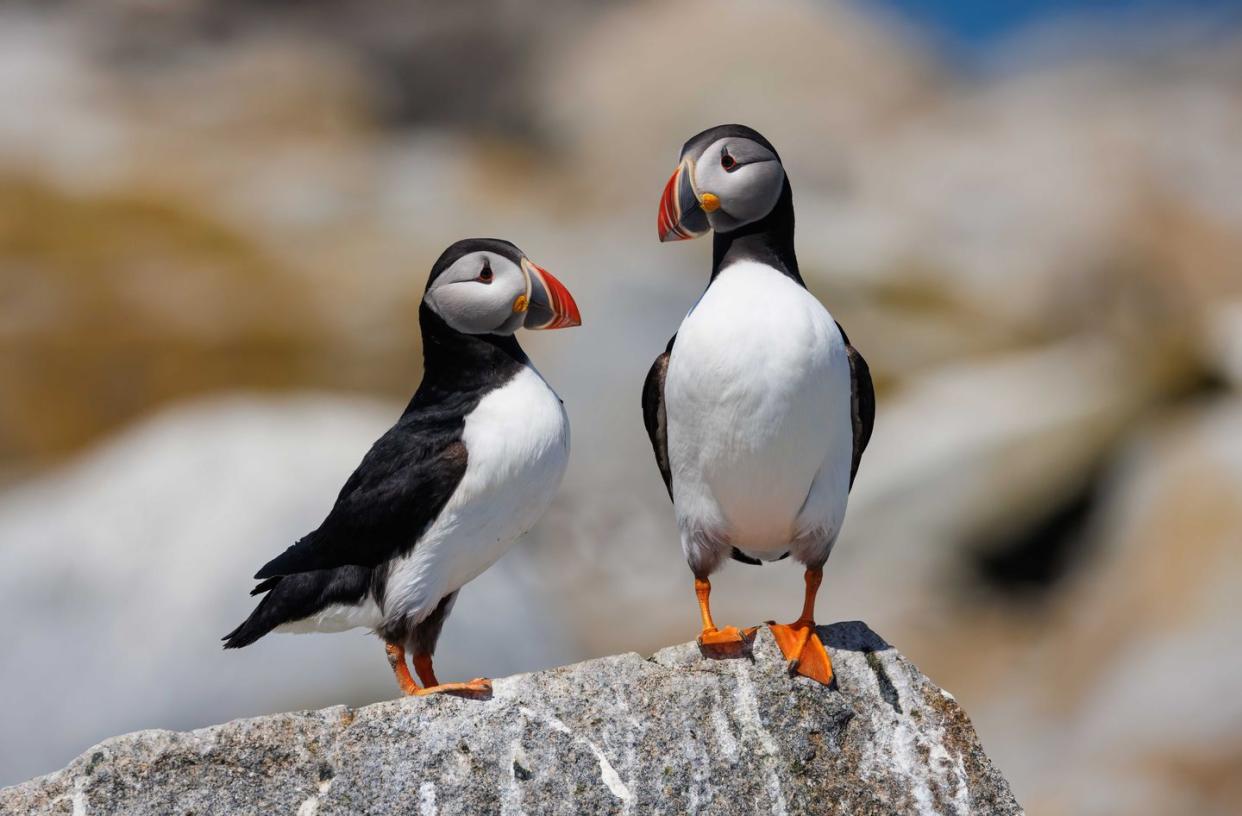
Bosque del Apache National Wildlife Refuge, New Mexico
Tucked away between the Chupadera and San Pascual mountains along the Rio Grand River, Bosque del Apache National Wildlife Refuge was created in 1939 to provide an overwintering habitat for migrating waterfowl. By November each year, the refuge's nearly 60,000 acres play host to sandhill cranes, ducks, and snow and Ross's geese numbering in the tens of thousands.
The birds' return to the refuge is celebrated annually in late fall with the Festival of the Cranes, while the springtime migration—known for visiting and nesting flycatchers, vireos, and a dozen species of warblers—gets its own special event in May. Spring is also a good time to catch sight of the legendary greater roadrunner (maybe even with a coyote in hot pursuit).
Although summer in the Bosque del Apache National Wildlife Refuge can get as sultry as you might expect, birders who head out in the morning and evening hours may be rewarded with sightings of black-chinned, broad-tailed, calliope and rufous hummingbirds.
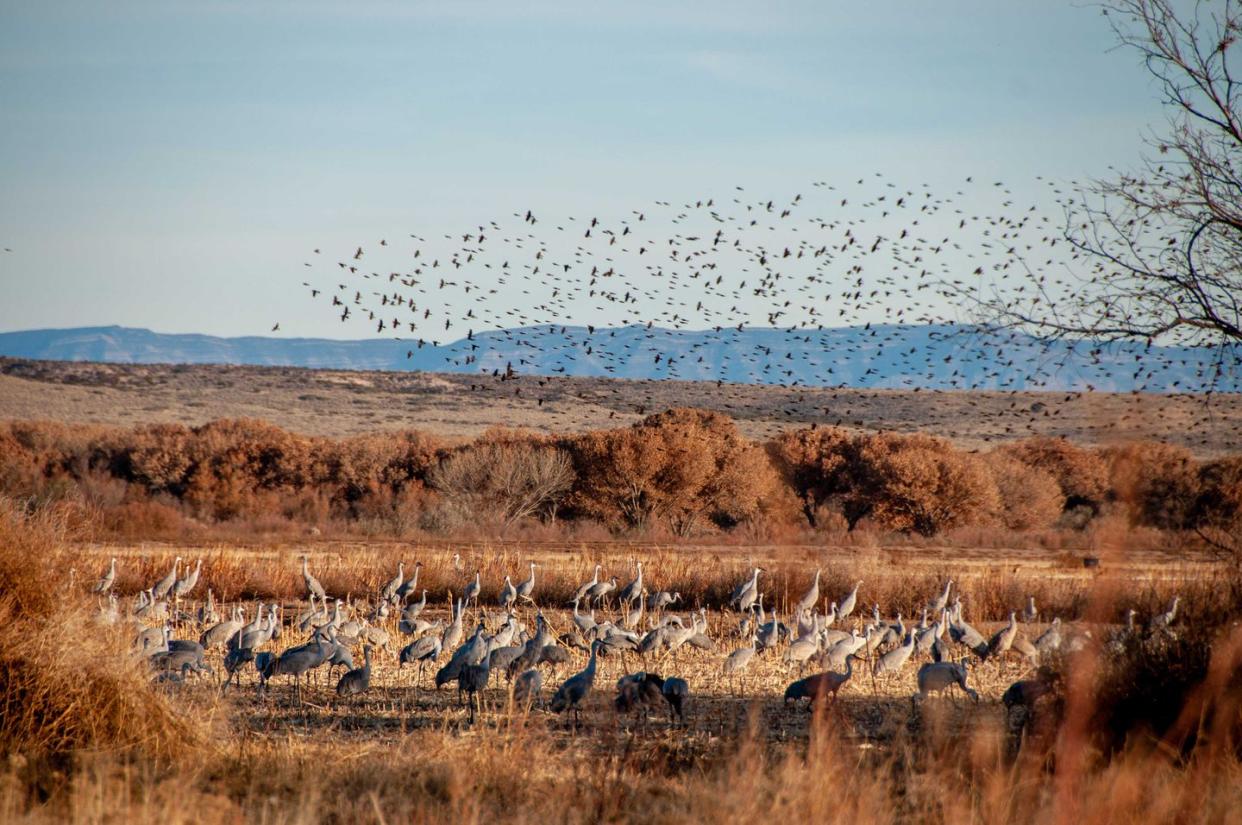
Cape May, New Jersey
Named by National Geographic as one of the best places in the world to birdwatch, Cape May is blessed with a location along the Atlantic Flyway (a sort of north-south super-skyway for migrating birds), westerly winds and a range of habitats pleasing to our fine feathered friends. Thanks to these and other factors, as many as a whopping 400 species of birds visit Cape May during fall migration.
Songbirds galore like vireos, tanagers, grosbeaks, warblers, buntings, and orioles flood the peninsula in September and October, along with raptors such as falcons, hawks and eagles. Ideal viewing spots include the Higbee Beach Wildlife Management Area and Cape May Point State Park, but be sure to keep an eye for smaller flying critters. The area's famed monarch butterfly migration usually begins in late September and continues through mid-October.
Cape May Bird Observatory and New Jersey Audubon coordinate a wealth of fun events in Cape May throughout the year, from migration watches to fall and spring festivals and The World Series of Birding. Held every May, the fundraiser benefits bird conservation by challenging teams to count the most species in a 24-hour period.
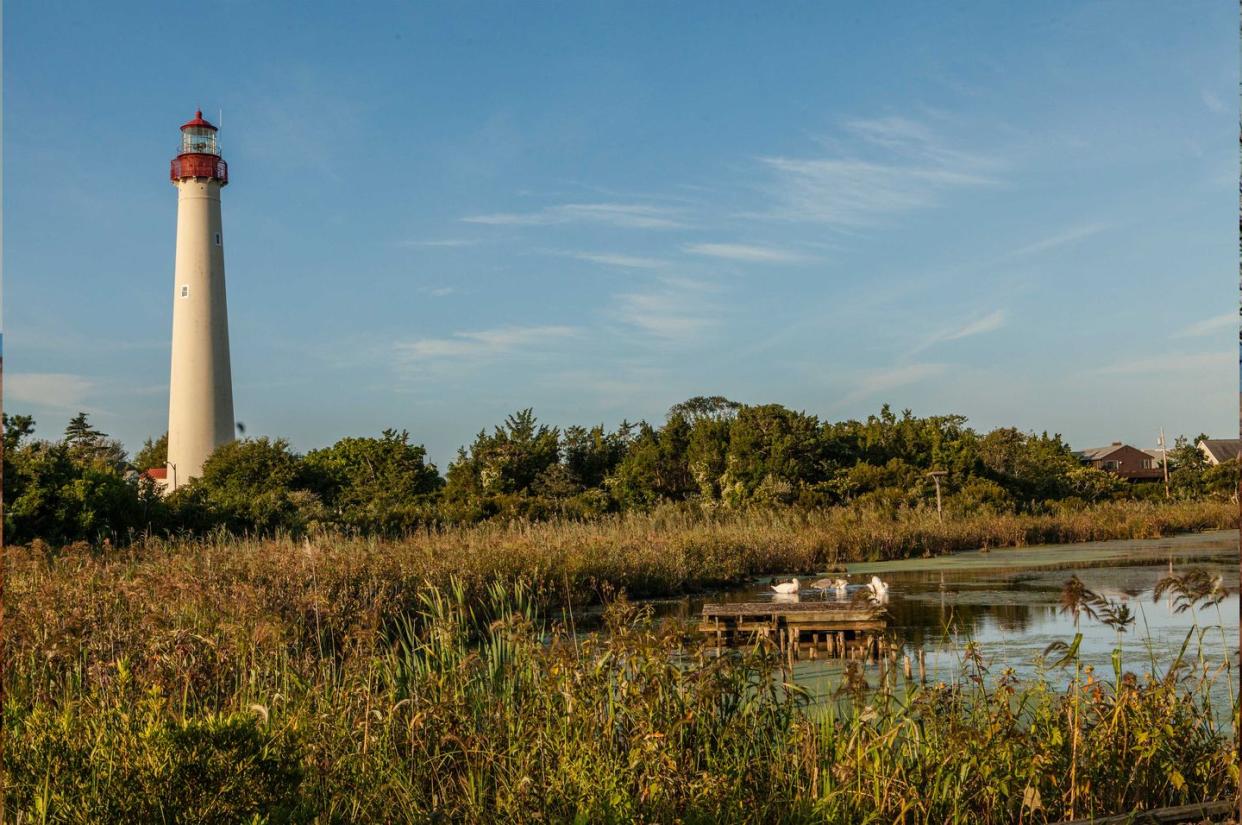
Cave Creek Canyon, Arizona
Cave Creek Canyon, which sits pretty at 5,000 feet, on the eastern side of the Chiricahua Mountains, is home to the elusive elegant trogon. One of the country's most sought-after birds by hobbyists, this beautiful metallic-green and scarlet red fellow's range in the U.S. is mostly limited to southeastern Arizona. You'll find him summering here, in this stunning slice of Coronado National Forest, most likely near the south fork of Cave Creek.
Of course, as rare as the elegant trogon is, he's just one of as many as 370-some species birders may see in the canyon, including a dozen species of hummingbirds in the summertime.
Thanks in part to the area's astounding biological diversity, which ranges from desert to grassland and various types of woodlands and forests, species as varied as the Western screech owl, the sulphur-bellied flycatcher, the cactus wren, the hairy woodpecker, and the majestic golden eagle all thrive in Cave Creek Canyon.
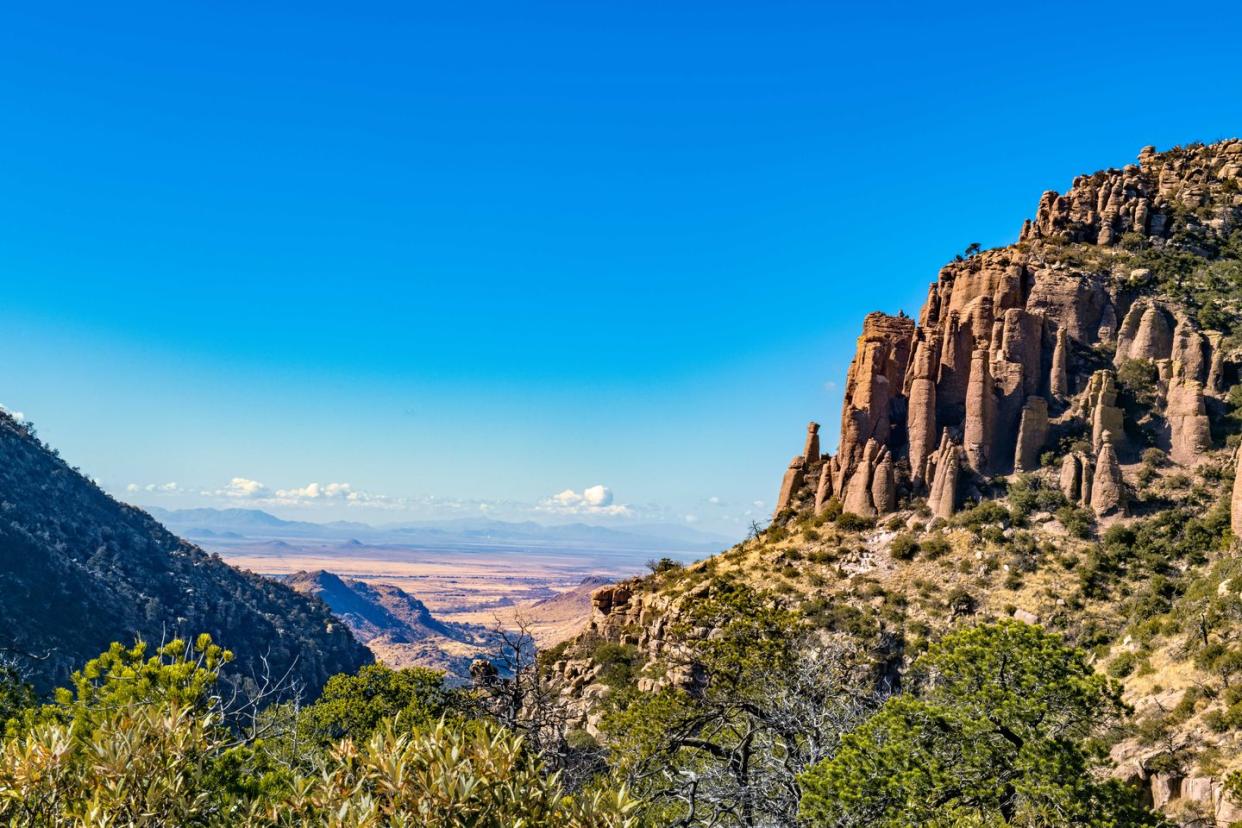
Central Park, New York
It may seem counterintuitive to recommend a park nestled within a bustling city as a haven for birders. But Central Park, an 843-acre rectangle that dates to the mid-19th century, provides a critical pit stop for birds migrating along the Atlantic Flyway. Spring and fall are thus the peak birding seasons, with as many as 30 warbler species sometimes seen on a single day. In total, more than 280 bird species have been recorded in Central Park.
The best places for birding in the park include the 40-acre North Woods; The Ramble, featuring a leafy canopy and feeders to entice avian creatures; and The Pond. It's frequented by everything from great egrets to majestic red-tail hawks, which are year-round Big Apple residents. Peregrine falcons, another raptor favorite, also are permanent fixtures in Central Park (as are dedicated local birders, who are usually happy to point out birds to fellow enthusiasts).
Otherwise, in the wintertime keep an eye out for six species of owls, including the great-horned, barred, and northern saw-whet. Spring brings everything from cuckoos to flycatchers, kinglets and freshwater sandpipers. In fall, along with warblers, Central Park trees fill with sparrows, thrushes, and birds of prey.

Everglades National Park, Florida
The largest subtropical wilderness in the country, Everglades National Park sprawls across 1.5 million acres in southern Florida but can be easily accessed via entrances in Miami, Everglades City, and Homestead. The dry season, which lasts from December to April, is best for birding. Not only are there fewer mosquitos, but the warm winters attract the greatest variety of wading birds.
They include the wood stork—once endangered and still federally listed as threatened—the pink-plumed roseate spoonbill, the least bittern, the glossy ibis and an array of egrets and herons. Some of the other 360-some species seen in the park include the brilliant blue indigo bunting, the pleasingly acrobatic purple martin and the little yellow warbler.
There are a number of trails in Everglades National Park popular for birding, most accessible from the main entrance in Homestead, but the "River of Grass" can also be explored via everything from trams to airboats. Guided birdwatching tours are available from both park rangers and outside companies.

Magee Marsh Wildlife Area, Ohio
A refuge for 36 species of migrating warblers (including the endangered Kirtland's warbler) and more than 100 species of other songbirds, Magee Marsh Wildlife Area serves up some of the country's best birding come mid-May. In total, around 310 species of birds have been found here in spring, but the 2,200 acres of unspoiled wetlands along western Lake Erie draw plentiful species of birds in the fall, too. They include jaw-dropping numbers of waterfowl like Canada geese, mallards, green- and blue-winged teal and gadwall.
The well-maintained trails at Magee Marsh make birding here a bit less taxing than at some other avian-rich destinations. Most notably, the mile-long Magee Boardwalk offers twitchers a stellar view of neotropical migrants without having to work up a sweat. Meanwhile, birders should head to Hawkwatch Tower to see bald eagles, a wide array of hawk species, and osprey soar in the springtime.
The Biggest Week in American Birding, an annual 10-day extravaganza that takes place each May in northwest Ohio, will offer two daily guided walks at Magee Marsh, along with a wide range of other field trips, workshops, and special events.
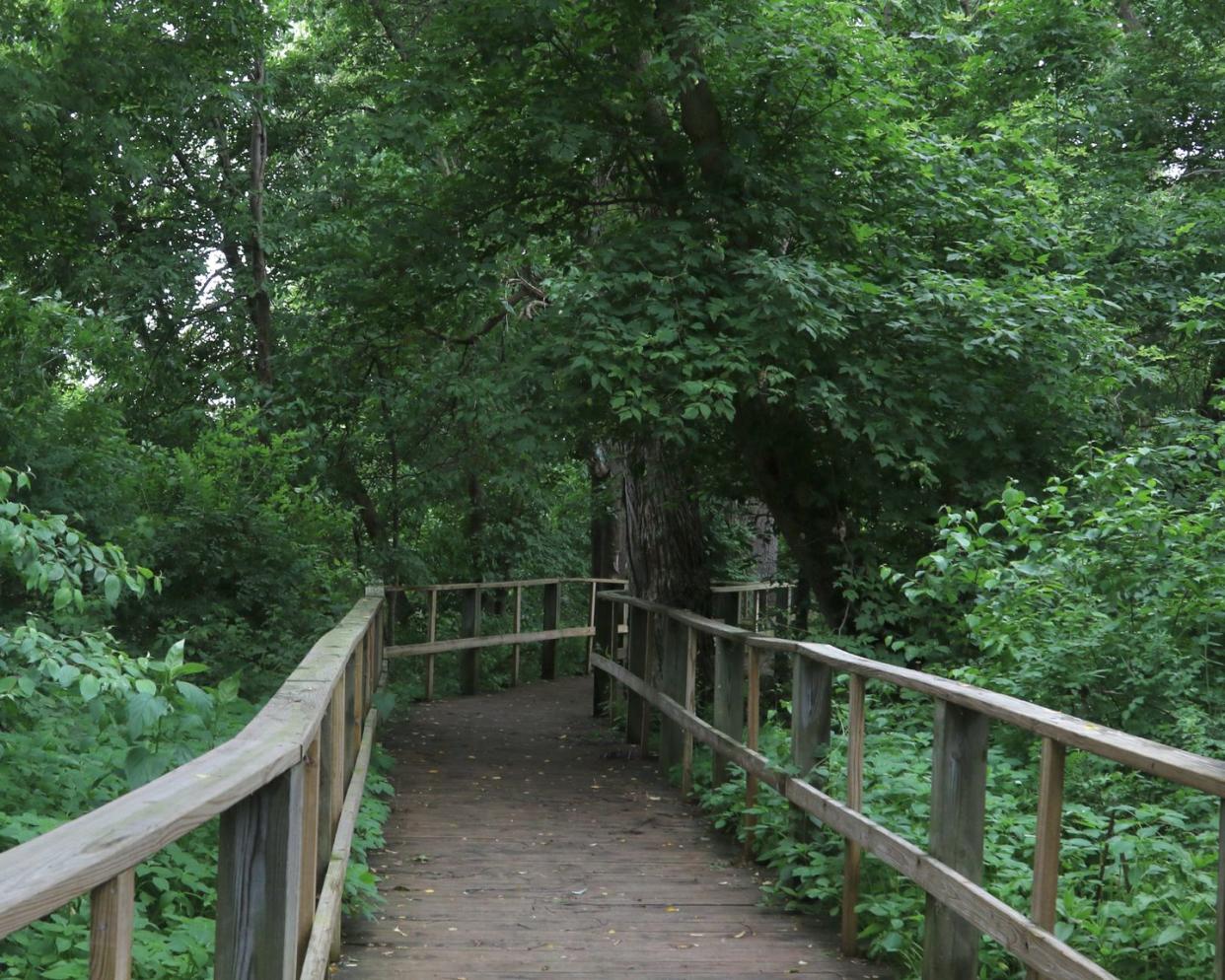
Platte River Valley, Nebraska
Dubbed one of the planet's greatest migrations, the mind-boggling influx of one million sandhill cranes into the Platte River Valley should be on every birder's bucket list. Each year, beginning in mid-February, 80 percent of the world's population of the tall, leggy, crimson-capped wading birds descend on central Nebraska. They stay until early April, taking a well-earned breather before heading on to their breeding grounds in Alaska, Canada, and Siberia.
Among the world's oldest birds, the sandhill cranes spend their days in farm fields, chowing down on corn leftover from fall's harvest. They return to the safety of the Platte's shallow waters to roost at sunset, making dusk and dawn ideal times for crane watching. Blinds line the river; other perches include Fort Kearny Bridge in Kearney and Plautz Viewing Platform, south of Gibbon.
Or, visit Iain Nicolson Audubon Center at Rowe Sanctuary for guided sunrise and sunset crane tours. They also offer an overnight photography experience for dedicated shutterbugs who don't mind spending the night in a blind.
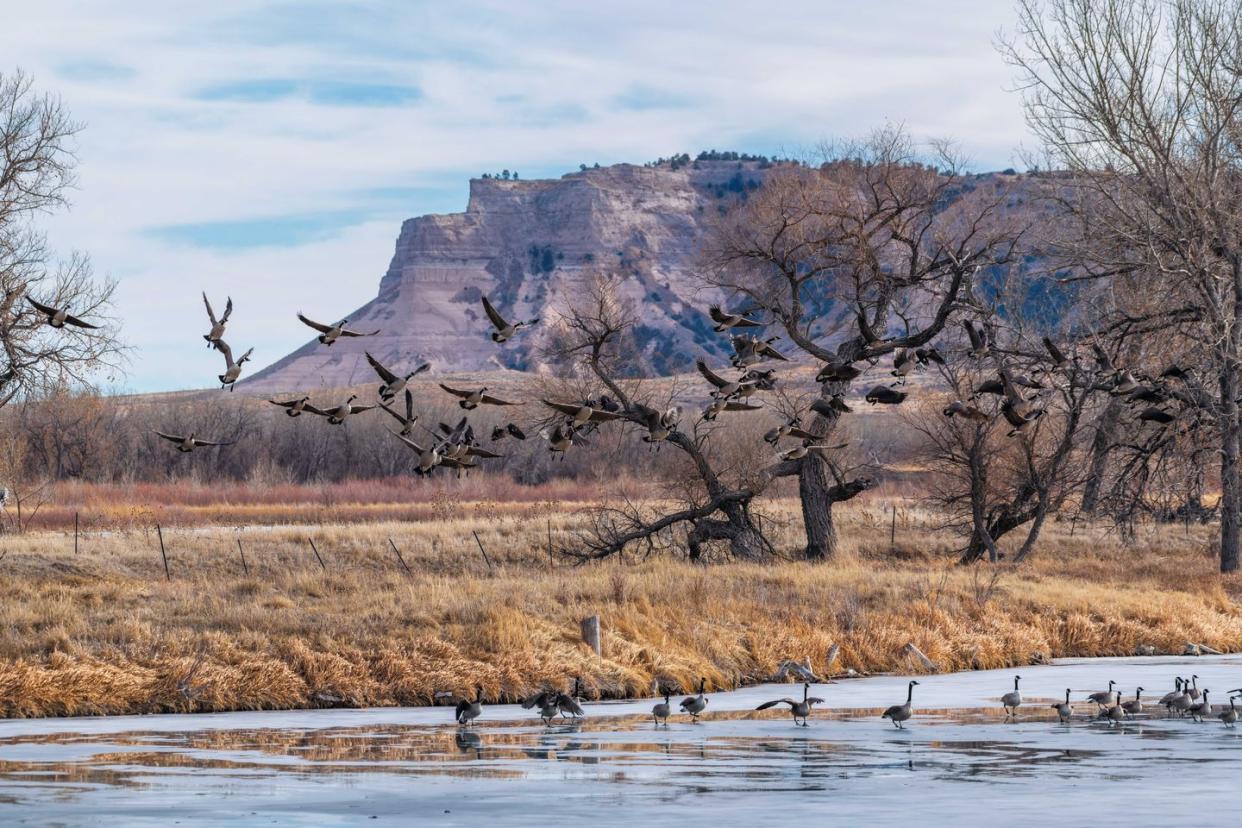
Point Reyes National Seashore, California
According to the folks at Point Reyes National Seashore, their piece of the Northern California coast "claims the prize for the greatest avian diversity of any national park." Nearly 490 species, or over half of all North American bird species, have been observed there. This staggering number is due to the park's more than 70,000 acres of diverse, unspoiled habitat; coastal location; advantageous latitude; and the 10-mile projection of the peninsula into the sea, which attracts "vagrants," birds that have made navigation errors during migration.
Its location on the Pacific Flyway (like the Atlantic Flyway, a major north-south skyway for migrating birds), means that fall and spring are plenty productive in Point Reyes, though the winter months offer great flocks of waterbirds thousands strong. Head to Limantour Estero or Bolinas Lagoon to catch grebes, cormorants, pelicans, kingfishers, ducks, and more, while Abbotts Lagoon is home to coots, black-shouldered kites, Caspian terns, a variety of raptors and nests of the threatened western snowy plover. (The threatened northern spotted owl also flourishes in the park.)
The park hosts several annual ornithological events throughout the year, like spring's Point Reyes Birding and Nature Festival, which boasts a wide variety of guided birding walks, and the Point Reyes Christmas Bird Count, with hundreds of volunteers tallying up the birds they observe throughout the day.
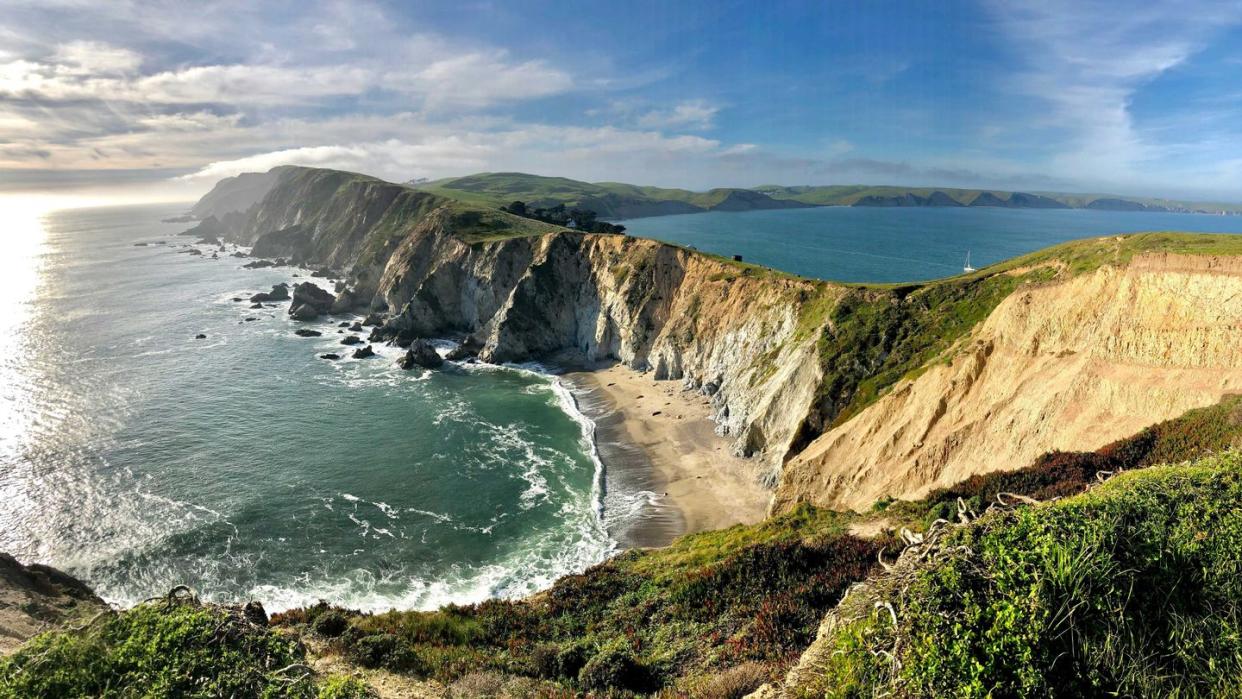
Rio Grande Valley, Texas
It's almost impossible to beat the Rio Grande Valley for birding. Some 500 species have been documented in this mostly subtropical area, which unspools across 4,200 square miles and four counties in the southernmost tip of the Lone State State. Nestled within the convergence of the Mississippi and Central flyways, this is the place to check birds off your list you won't find anywhere else in the country, including such showstoppers as the great kiskadee, the green jay and the buff-bellied hummingbird.
The World Birding Center is an invaluable resource for visitors, maintaining nine unique locations, each representing one of the valley's diverse landscapes. Depending on the facility, they offer goodies like tours and other special programming, exhibits, trails, boardwalks, observation towers, bird blinds, feeding stations, and even trams.
The birds vary by site, too, with everything from plain chachalacas and Altamira orioles sighted at Bentsen-Rio Grande Valley to endangered brown pelicans and piping plovers spotted at the South Padre Island Birding and Nature Center. Want to flock together with some birds of a feather? The Rio Grande Valley Birding Festival runs for four days in November, offering a wealth of field trips, keynote speakers, workshops and more.
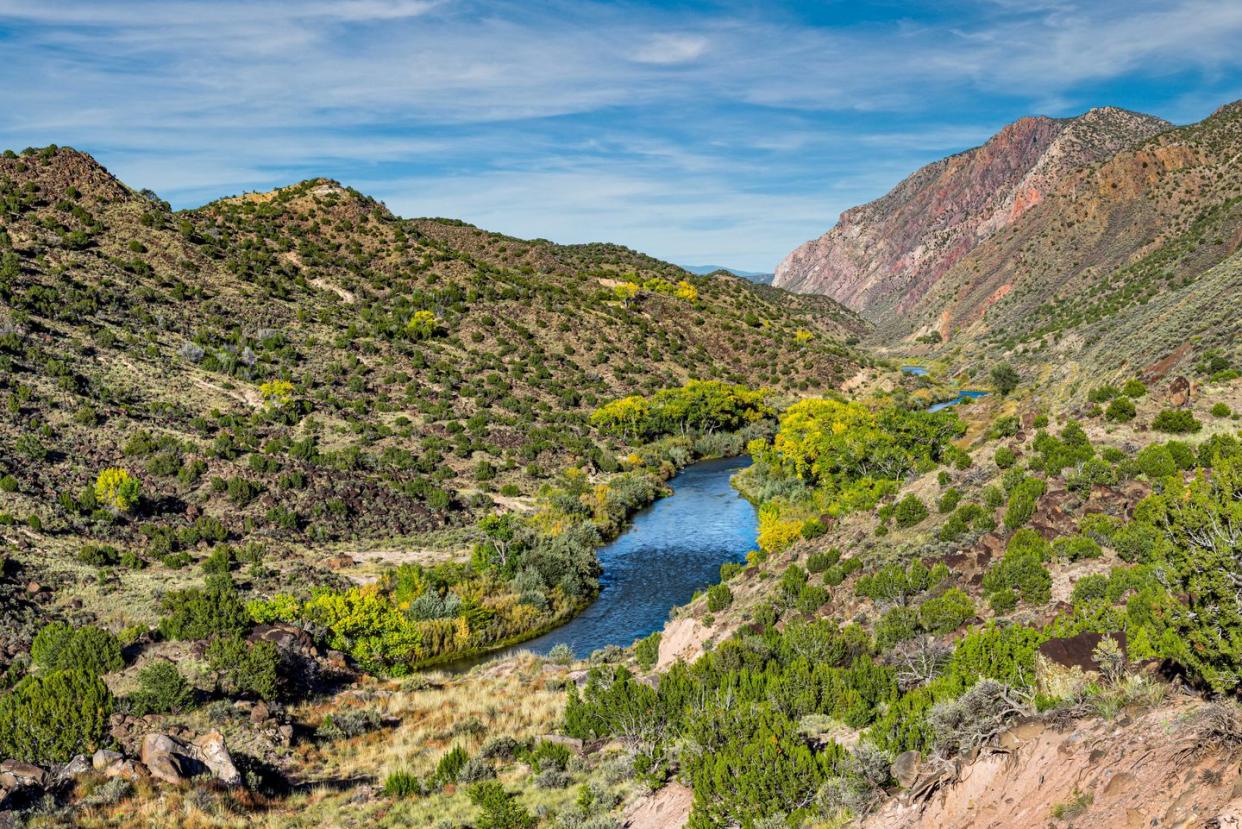
You Might Also Like
